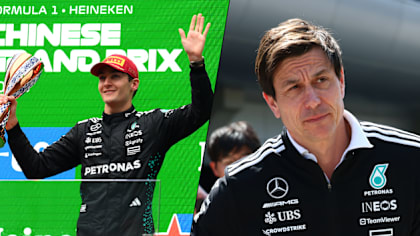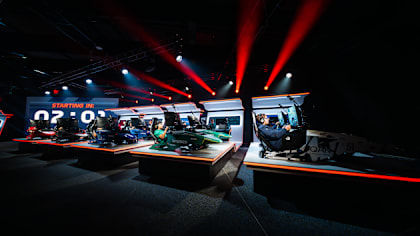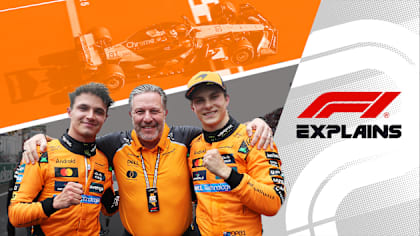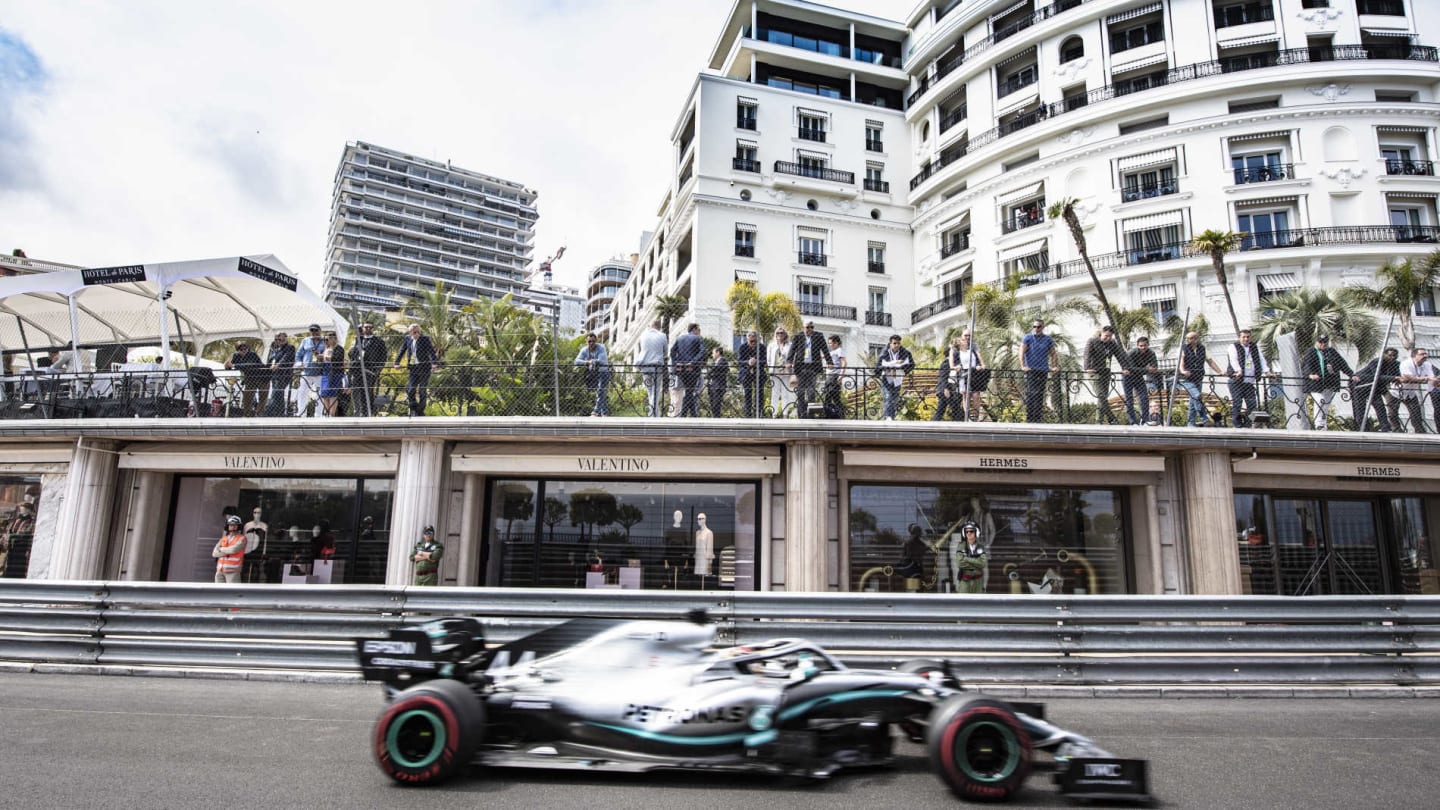
Feature
90 years on, why Monaco still retains the magic
Share

The noise. Oh the noise. It may not be a V10 but the notes a V6 turbo-hybrid express and then spray around Monte Carlo’s iconic tunnel are spine-tingling. First you hear the driver getting on the gas as he exits Portier, then you feel the heavy vibration rise up your body, then the blast of noise is followed by a gust of wind that knocks you back if you haven’t steadied yourself for the car passing by. This is the place to come to watch, feel and smell Formula 1 cars. This is the tiny Principality’s jewel. This is the Monaco Grand Prix.
If it’s overtaking you’re after, round six of the 2019 Formula 1 calendar is not for you. But the fact passing on the tight and twisty streets is so hard is almost irrelevant. This circuit is about being a driver’s ultimate challenge. Sure, it’s not quite what it was, some of the Armco barriers having been pushed back or some of the corners opened up for safety reasons. But it still demands your attention. Can the 20 drivers blessed with the chance to race round here successfully dance their machine, weighing 740kg, through 19 turns without getting punished?
On the throttle on the approach to the first corner right-hander Sainte Devote, so called because of the Roman Catholic chapel dedicated to the patron saint of Monaco that sits on the outside, you’re drawn to memories of 1984 when Ayrton Senna spectacularly slid past Niki Lauda in the wet when the turn was more daunting. Still, get your braking wrong and you end up in the run-off, as many including Lando Norris found out on Thursday morning this year.
Then up the hill, which is so steep you get a sweat on walking in the afternoon heat. To your left, a stream of high-end shops, many of which have doorbells that allow the store owner to decide whether or not you’re allowed in. Turn to the right for a spectacular view of the harbour, complete with a spectrum of vessels from a huge cruise liner and stunning yachts to smaller boats and even a few dinghies. Towering above is the Rock of Monaco, home to the Palais Princier, residence of the Prince.
FP1: Norris performs three-point turn after off
Carry on up through Beau Rivage, the narrow strip of asphalt flanked by Armco barriers similar to an uphill version of a ten-pin bowling lane with the bumpers up. This is where Nigel Mansell crashed in 1984, arguably throwing away his chance of victory, after putting a wheel on a wet white line.
The Hotel de Paris comes into view. It towers over arguably the most iconic part of the circuit – Casino Square. The supercars that usually fill up the parking spaces have made alternative arrangements, F1 drivers given free rein to thread their cars through a narrow strip of asphalt. Here, you can hop across the bridge, and weave your way through a subtropical garden and down some steps to the entrance of the Fairmont hotel, that sits at the bottom of the hairpin. Watch the drivers at their slowest, pulling right and then applying full lock to make it round.
Or you can wander around the outside of Mirabeau, where Stefan Belloff pulled off a stonking pass on Rene Arnoux in 1984. It’s a bit of a squeeze, the marshals bedecked in orange boiler suits complete with brass helmets, stepping back to allow you edge by. Stroll down the hill, the cars no more than a metre away, with only an Armco barrier splitting you. As you get to the hairpin, you’re forced into the bushes, clambering down a wall and between trees to get to the other side, otherwise you’d be on the apex. Amble down the hill towards Portier, where Senna crashed in 1988 when having an enormous lead over the field, and near the Monte Carlo Casino, which has appeared in not one, not two but three James Bond movies.
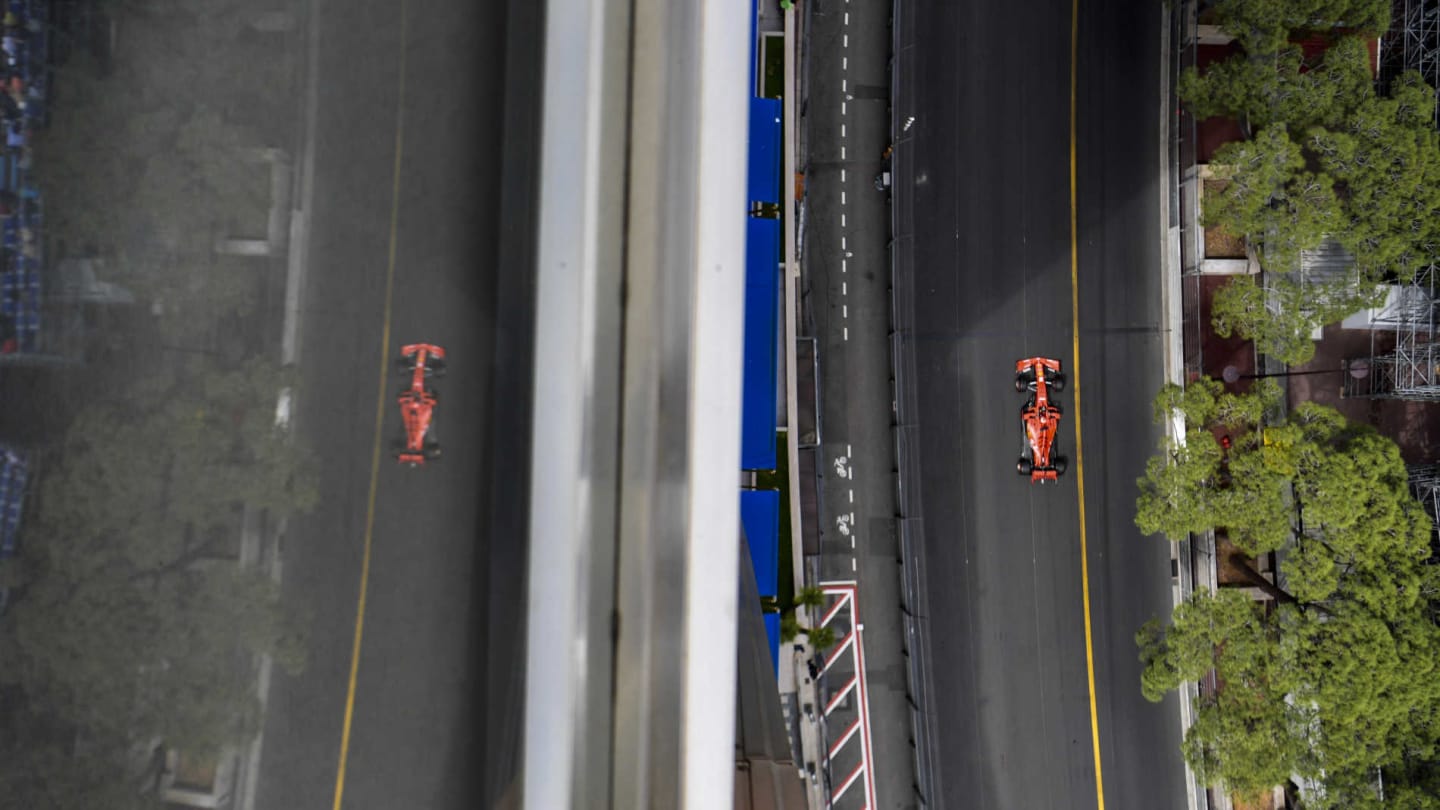
To your left, the Mediterranean Sea and the site of some major redevelopment work. Monaco is reclaiming around 15 acres of land from the sea, providing homes for around 1000 residents as well as a seafront promenade, a small marina and more open green space. Given Monaco’s residents are currently squeezed into an area smaller than New York’s Central Park, it’s no surprise the Principality is looking to find extra space where they can.
Onwards, through the tunnel, which requires ear defenders, ear plugs or at the very least fingers in ears if you want to protect your hearing. The feeling of a car rushing past you at around 170mph is like nothing you’ll ever experience. Your body feels it. The noise is so piercing, you can’t stay there for long. Sparks fly as drivers exit the tunnel, dark turning to light within the blink of an eye. Then hard on the brakes for the Nouvelle Chicane, being careful not to lose it over the bump. This was once defined by straw bales, but now it's a much safer proposition - it would take something to replicate Alberto Ascari's famous 1955 crash into the harbour.
It's here you’ll find photographers lying on their bellies just two metres from where the cars sweep left, almost kissing the corner of the Armco on turn in. Make your way around the edge of the chicane, and around the marshals sat on deckchairs, packed lunches ready, and now you’re on the marina front: A small strip no more than two metres wide which separates the track from the water. Here you get a close-up look at what multi millions of dollars can buy you.
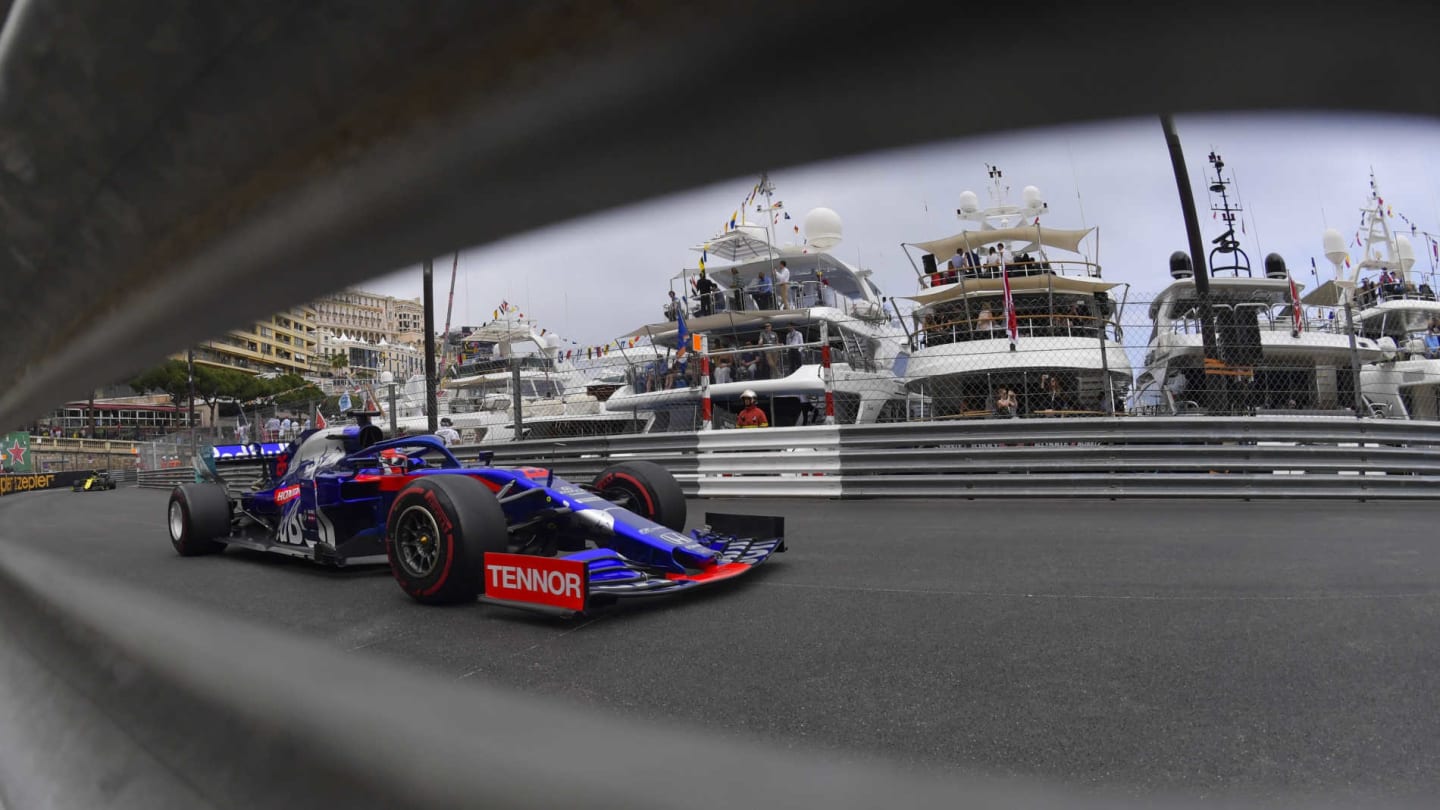
Yachts from all around the world have made their way here for the race, their balconies packed full of racegoers, champagne in hand, tunes blaring. Some are focused on the action, others content to lie back and soak up the sun to the dulcet tones of a V6 engine. On the other side of the track, in the buildings above, people jostle for position to catch a glimpse of the cars, from a balcony, through a fence, over a wall.
You soon arrive at Tabac, a remarkable corner. Here there’s a slot in the fence for photographers to point their lenses. Stand and await a car. Charles Leclerc swings by in his Ferrari. He’s so close, you can see his eyes. They are locked on you or rather the apex – but it feels like he’s looking at you. In a blink, he’s gone. A rush of wind slaps you in the stomach. You felt the speed. You saw the speed. You hear the speed.
Down to the Swimming Pool, where Nico Rosberg bounced from one wall to the other wall after a misjudgement in 2008. It’s here that the immense speed these cars travel at, in such an enclosed space, can be seen. They dance the car through the first kink and then flick them the other way to navigate the pool before feeding round towards Rascasse. This stretch is almost unidentifiable each evening after the track action is done, the bars and restaurants adjacent spilling out onto the track and the volume on their DJ sets turned up to the max. A quick sweep and clean in the early hours of the morning and go again.
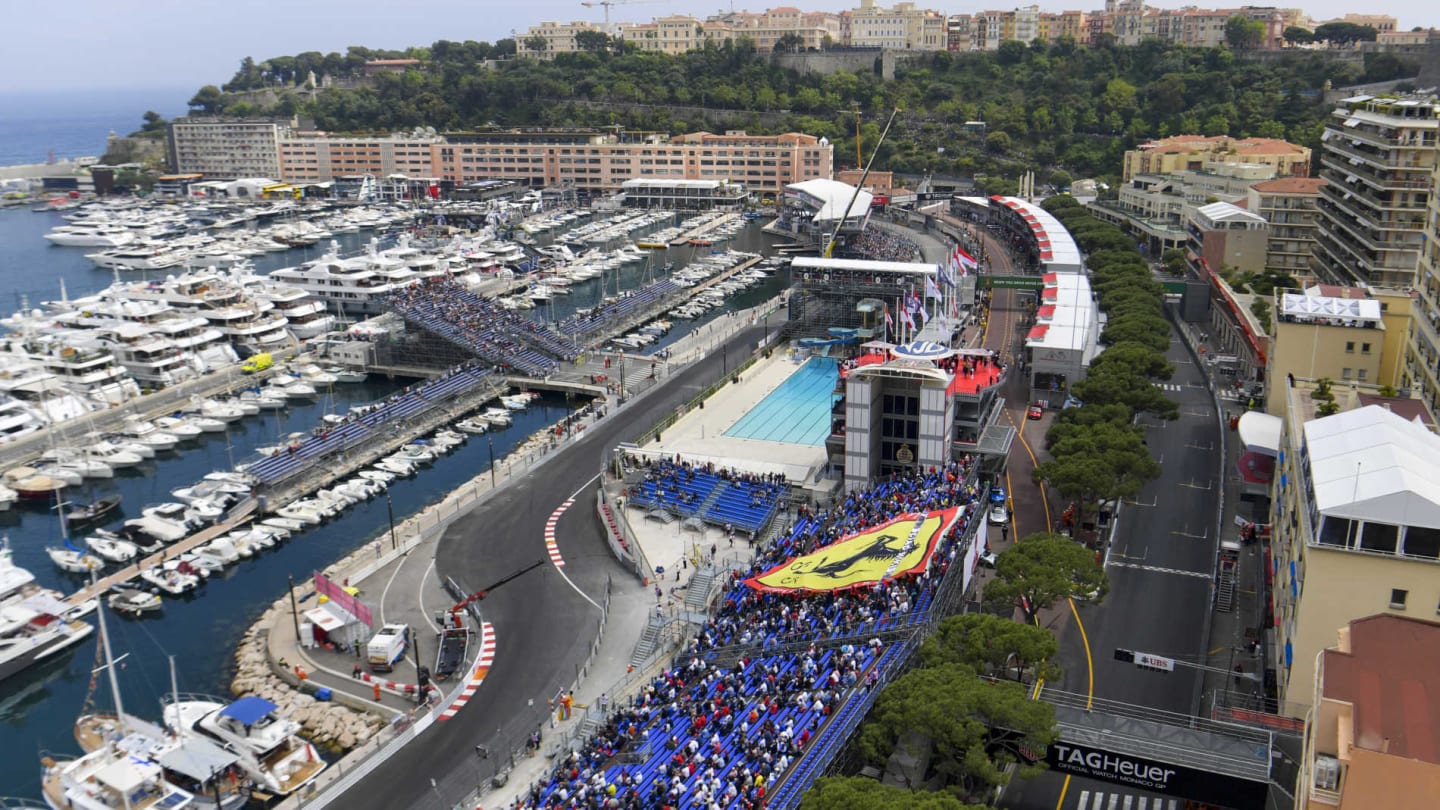
Round Rascasse, scene of Michael Schumacher ‘outbraking’ himself and ruining the laps of all those behind him in 2006 qualifying, where you can squeeze between the wire fencing and a wall on the outside of the corner to catch a glimpse of the cars dart around, either into the pit lane or around through Anthony Noghes before heading down the start finish straight to do it all over again.
It may look very different to when the first race was held 90 years ago. Overtaking may be limited and strategy never usually deviates from a one-stop strategy. But at Monaco, that almost doesn’t matter. This isn’t about all-out action. It’s about challenging the drivers at every single turn and punishing mistakes to allow talent to shine through. There’s nowhere else in the world quite like it.
YOU MIGHT ALSO LIKE
News Wolff hails Russell as one of 'absolute top three' drivers in F1 after '10 out of 10' performance in China
Video LIVESTREAM: Catch the action from Qualifying for Round 11 of the 2025 F1 Sim Racing World Championship
Podcast F1 EXPLAINS: What it’s like to be an F1 team boss – with McLaren’s Zak Brown live in the paddock
Report Jarno Opmeer and Bari Broumand take victory in Rounds 10 and 11 of F1 Sim Racing World Championship

